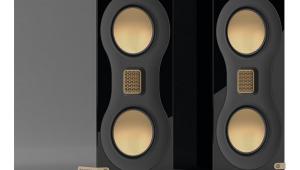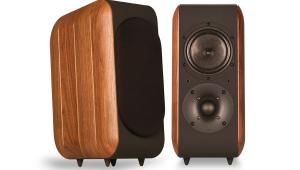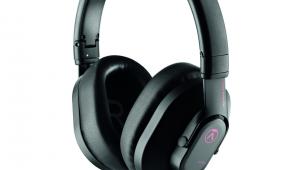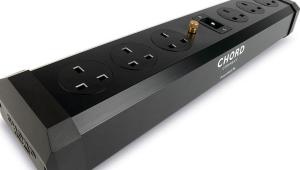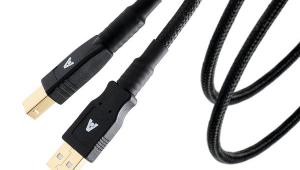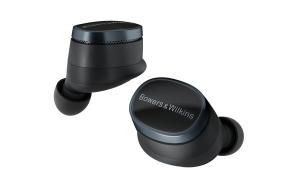Mission updates 770 standmount loudspeaker
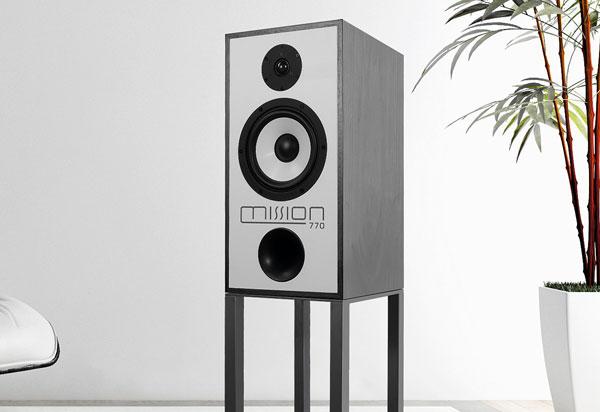
The popularity of Wharfedale’s recent Linton and Denton revivals of iconic British speakers from the Sixties and Seventies encouraged Mission that there is a demand for the reappearance of classic, much-loved British designs in re-engineered forms.
The company admits that: “Nostalgia is a part of what fuels this demand, but it is also a recognition that these designs have stood the test of time, exuding authenticity and engineering gravitas often lacking in the age of smart speakers and digital streaming”.
The new Mission 770 retains two key elements from the original: its polypropylene cone – claimed to be unique in a consumer product at the time – and the resonance control of the cabinet. A new 20cm polypropylene mid/bass driver has been developed for the re-engineered model, mimicking the extended response and low coloration of the original, while upgrading the motor system to take account of modern power handling and dynamic requirements. Like the original, the driver is built onto a die-cast chassis with large rear ‘windows’ to reduce early reflections back through the cone. The company says that special care has been taken to marry a low-density nitrile surround to the cone, to match its impedance and reduce reflections from the cone edge.
The new polypropylene cone is loaded with minerals to make it stiffer than the original, with a view to yielding fast, tight bass. This is balanced by tuning the cabinet and reflex port to a very low frequency, avoiding the ‘one-note bass’ that Mission claims is typical of a lot of bass reflex systems. In addition, the port is flared at both inlet and outlet to smooth airflow and eradicate distortion. Bass extends to below 30Hz and the treble unit uses a lightweight, damped microfibre 28mm dome backed by a damped rear chamber claimed to push the fundamental resonance well below the crossover region.
The original 770 used a single coil to equalise the bass-to-midrange response as well as crossover to the treble unit, the latter driven by a resistor, capacitor and coil combination. Today’s advanced software crossover mapping and measuring techniques have allowed Mission to claim it has: “perfected the balance between bass and midrange and adjusted the crossover to the treble unit by mapping the acoustic crossover slopes with extreme accuracy”.
The drivers and crossover are housed in a real-wood veneered cabinet, measuring 300 x 590 x 300mm (WxHxD), with a white laminated front baffle echoing the style of the original. Beneath the veneers lies a twin-wall sandwich of high-density MDF and particle board bonded by a layer of high-damping adhesive. There’s internal bracing to add strength to the front baffle and to brace the drive unit to the cabinet, complemented by a layer of acoustic foam and damping fibre, strategically placed to absorb reflections inside the cabinet without overdamping the bass quality. Sensitivity is quoted at 88dB with a nominal impedance of 8ohm.
The new 770 weighs in at 19.2kg per speaker, is being manufactured in limited quantities in a choice of walnut or black wood veneers and the price includes a pair of dedicated floor stands with a damped carbon steel frame and large stainless steel spikes to protect from unwanted vibrations. The package is completed by a set of stainless steel spike seats for hard floors and a pair of gloves for handling.
Available to buy now for £3,500, you can find out more about the Mission 770 here.
 |
Inside this month's issue:
Ruark R610 music system and Sabre-R standmount speakers, PMC twenty.23i Active, floorstanders, English Acoustics Downton preamplifier, Bluesound NODE ICON preamp/streamer, Ortofon Concorde Music Blue MM cartridge and much, much more
|



























